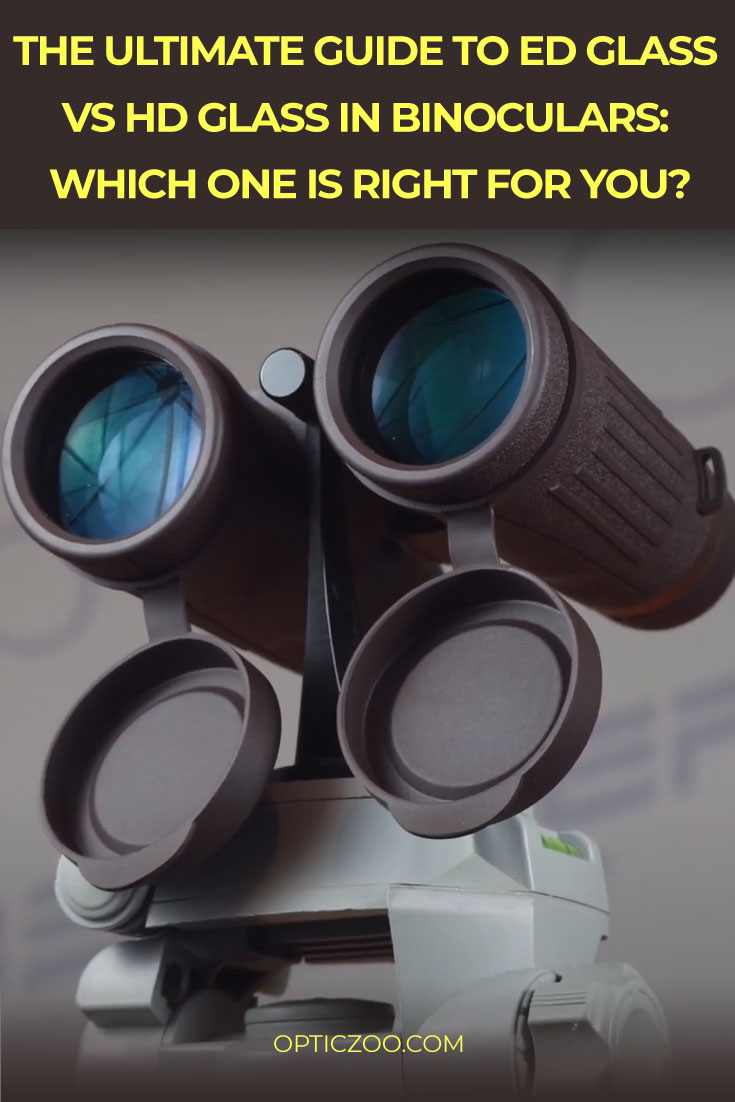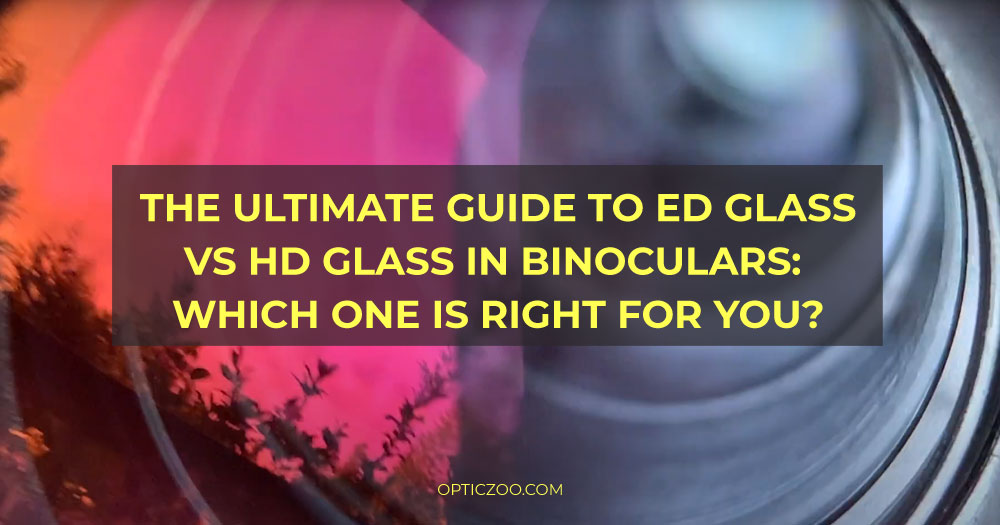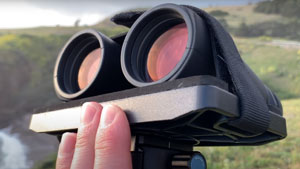
When it comes to choosing the right binoculars for your needs, there are many factors to consider. One of the most important decisions you’ll make is whether to go with ED glass vs HD glass.
Both types of glass have their pros and cons, and it can be difficult to decide which one is right for you. In this article, we will break down the differences between ED glass and HD glass so that you can make an informed decision about which type of binoculars is best for you.
Problems Associated with Non-ED/Non-HD Glass binoculars

The first thing you need to know about ED and HD glass is that they are both types of optical glass. Optical glass is made from silica, which is a type of sand. Silica has a very high melting point, so it can be heated and cooled without breaking. This makes it ideal for use in binoculars because it means that the lenses will not break if they are dropped or knocked around.
However, not all optical glass is created equal.
[wpsm_box type=”warning” float=”none” text_align=”left”]
Non-ED/non-HD glass binoculars are made from lower-quality materials, which means that they are not as durable as ED or HD binoculars. Additionally, non-ED/non-HD binoculars often have poorer optics than ED or HD binoculars. This means that they will not provide you with as clear of an image as ED or HD binoculars.
[/wpsm_box]
If you are looking for a pair of binoculars that will provide you with the best possible image quality, then you should consider getting a pair that is made from ED or HD glass. However, if you are on a budget, then non-ED/non-HD binoculars may be a better option for you. Just keep in mind that they will not be as durable or have as clear of an image as ED or HD binoculars.
Chromatic aberrations
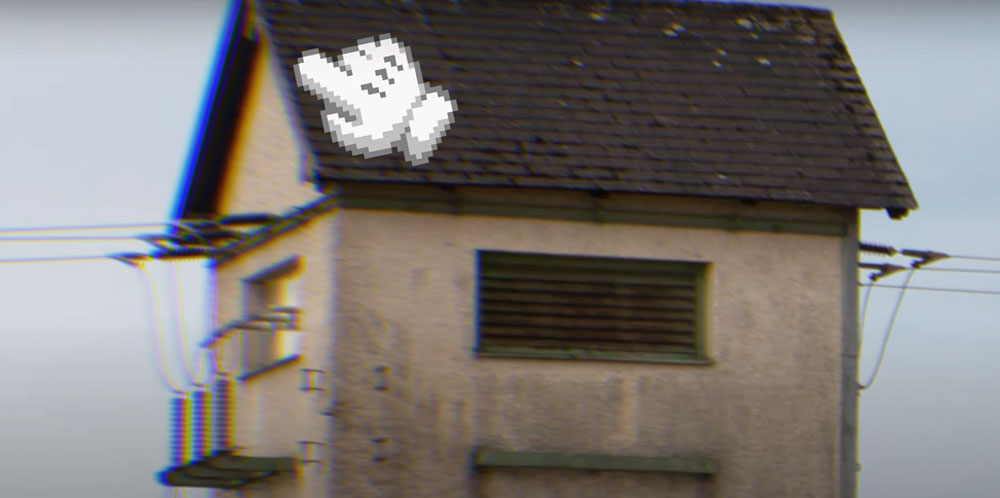
Chromatic aberrations are a type of optical error that can occur in binoculars. This occurs when different colors are focused at different points, which can cause the image to become blurry. Chromatic aberrations are more common in binoculars that are made from non-ED/non-HD glass, so if you are looking for a pair of binoculars that will provide you with a clear image, you should consider getting a pair that is made from ED or HD glass.
Dispersion
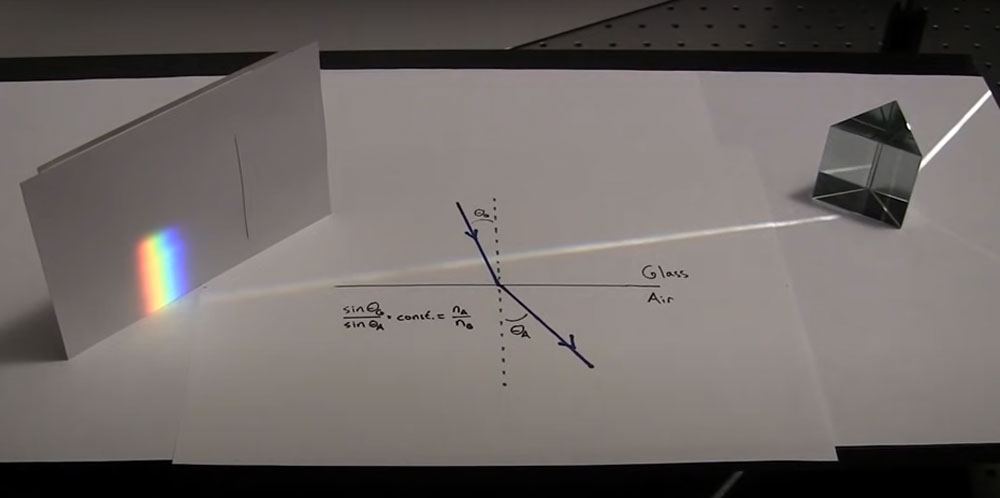
Another problem that non-ED/non-HD glass binoculars have is dispersion. Dispersion is when light is broken up into its different colors. This causes the image to appear rainbow-like and can make it difficult to see objects that are far away.
ED and HD glass binoculars do not have this problem because they are made from higher-quality materials. This means that they will provide you with a clear and sharp image.
What is ED glass?
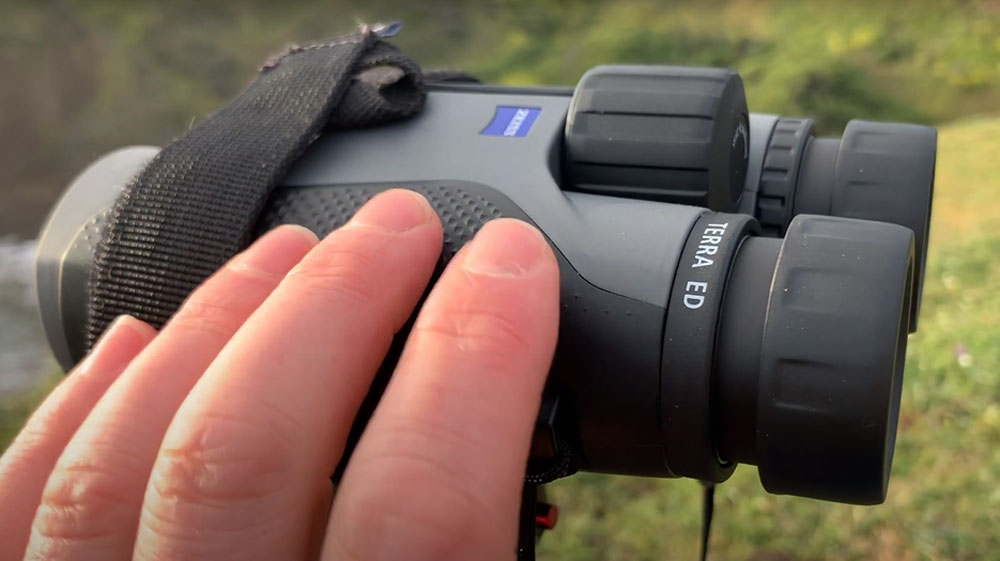
ED glass is an abbreviation for “extra-low dispersion” glass.
[wpsm_box type=”info” float=”none” text_align=”left”]
This type of glass is used in binoculars and other optical devices to reduce chromatic aberration.
[/wpsm_box]
Chromatic aberration is the distortion of light caused by the different wavelengths of light being focused at different points. This can cause images to appear blurry or chromatically distorted. ED glass helps to correct this by minimizing the differences in the distances that different wavelengths of light are focused on. This results in a sharper, crisper image with less chromatic aberration.
Is ED Glass Worth the Extra Cost?
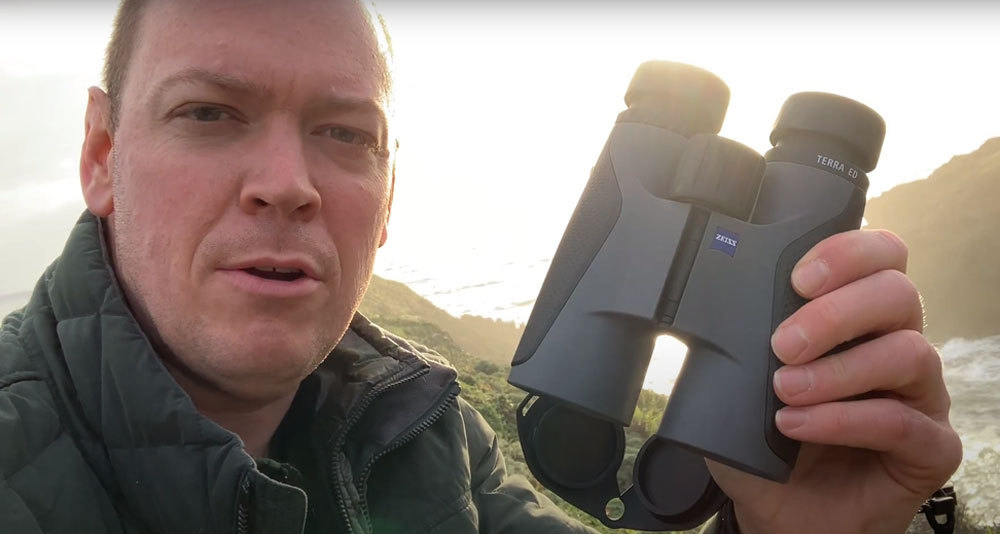
ED glass is more expensive than HD glass, but it offers several advantages. For one thing, ED glass has lower chromatic aberration. This means that colors will appear sharper and more vibrant when viewed through ED glass. In addition, ED glass usually has better light-gathering ability than HD glass. This makes it ideal for low-light conditions or for observing faint objects in the night sky.
So, is ED glass worth the extra cost? That depends on your needs and budget. If you need the best possible image quality and don’t mind spending a bit extra, then ED glass is worth considering. However, if you’re on a tight budget or don’t plan to your binoculars in low-light conditions, then HD glass may be a better option. Whichever type of glass you choose, make sure to do your research and buy from a reputable brand. With a little bit of care, your binoculars will provide years of enjoyment.
Pros & cons
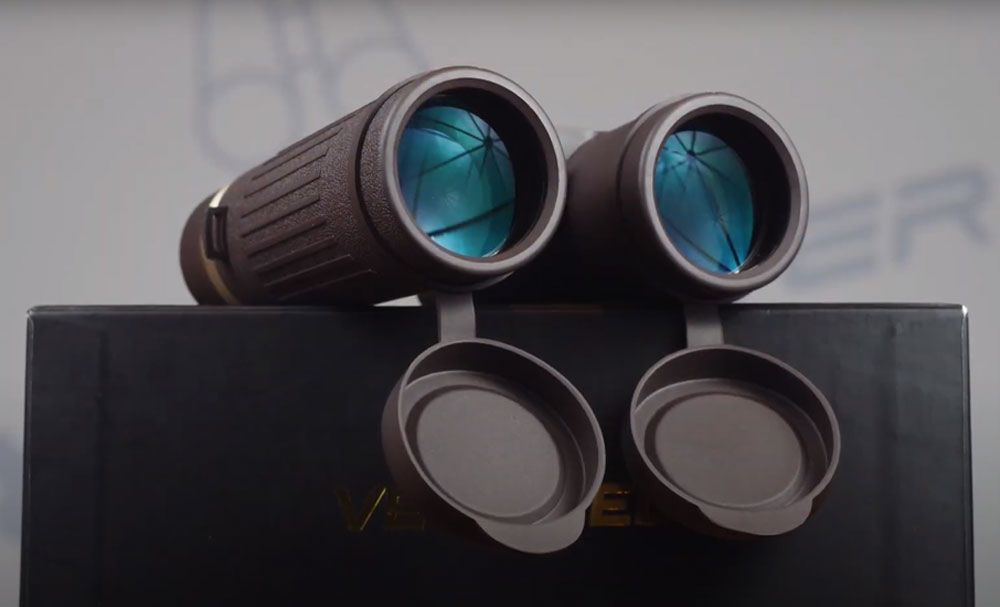
There are pros and cons to both ED glass in binoculars.
[wpsm_column size=”one-half”][wpsm_pros title=”PROS:”]
- sharper images
- less chromatic aberration
- Increases contrast and color fidelity
[/wpsm_pros][/wpsm_column][wpsm_column size=”one-half” position=”last”][wpsm_cons title=”CONS:”]
- can be more fragile
- more expensive
[/wpsm_cons][/wpsm_column]
What is HD glass?
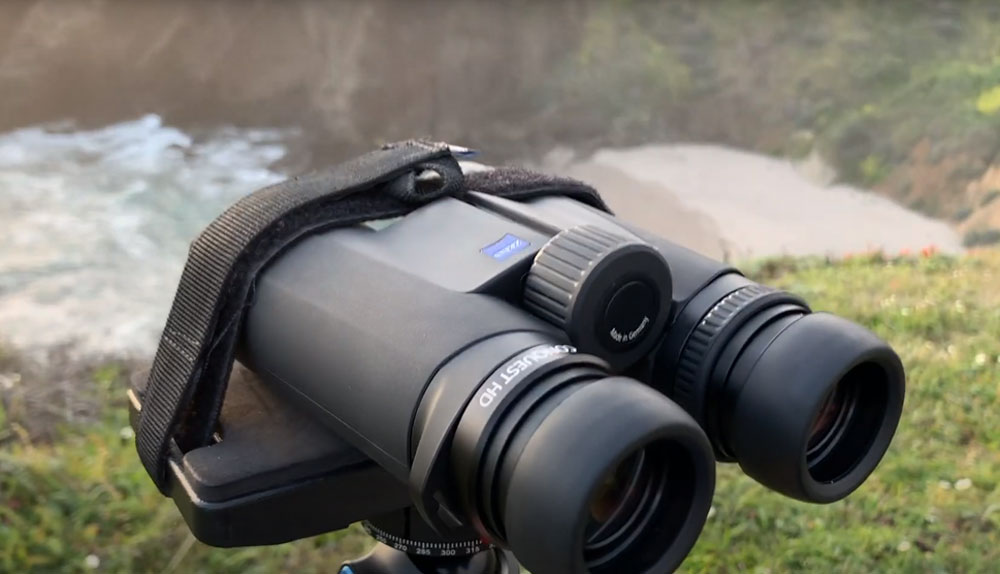
HD glass is a type of optical glass that contains no lead and has a low dispersion rate. This makes it ideal for use in high-definition optics, such as binoculars. HD glass is also less likely to cause chromatic aberration, which results in clearer images.
HD glass is a great choice for anyone who wants the clearest possible image.
Providing true colors and no glare in bright lighting

HD glass is the perfect choice for anyone looking for true colors and no glare in bright lighting. It offers superior clarity and definition, making it perfect for use in binoculars, scopes, and other optical devices.
HD glass is perfect for anyone who wants the clearest possible image and true colors with no glare in bright lighting.
Pros & cons

[wpsm_column size=”one-half”][wpsm_pros title=”PROS:”]
- More durable than ED glass
- Better light transmission
[/wpsm_pros][/wpsm_column][wpsm_column size=”one-half” position=”last”][wpsm_cons title=”CONS:”]
- HD glass is also heavier than other types of glass. This can make it difficult to hold the binoculars for long periods.
[/wpsm_cons][/wpsm_column]
ED Glass Vs HD Glass
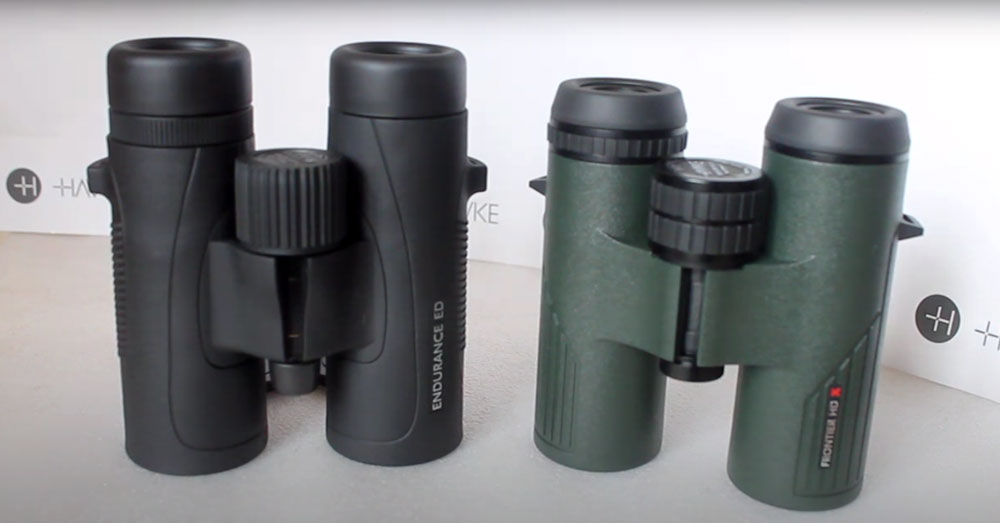
When it comes to binoculars, there are two main types of glass: ED glass and HD glass. Both have their pros and cons, so which one is right for you? If you want the clearest possible image, go with ED glass.
If you’re on a budget and don’t mind sacrificing some clarity, HD glass is a good option. Both types of glass have their pros and cons, so it ultimately comes down to your personal preferences.
Should You Buy an ED/HD Glass Binocular?
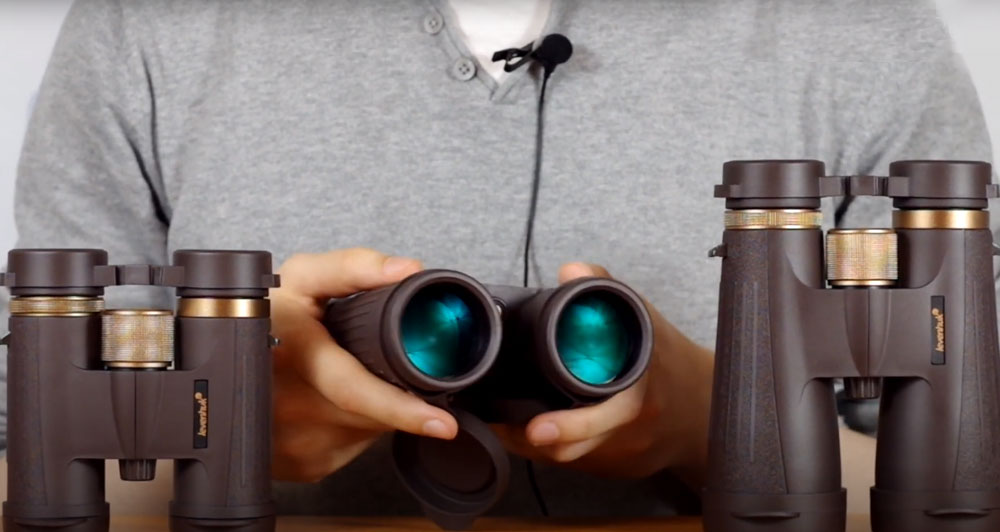
The answer to this question is a resounding “it depends.” Here’s what you need to know to make an informed decision about whether or not an ED/HD glass binocular is right for you.
Of course, there are trade-offs to consider with both types of glass. ED glass is typically more expensive than HD glass but keeps in mind that not all HD glasses are created equal; some manufacturers use lower quality HD glass to keep costs down.
Conclusion

Do you like to go bird watching, or watch sporting events from the sidelines? If so, then you know that a good pair of binoculars can make all the difference.
We hope this guide has helped you understand the difference between ED and HD glass in binoculars. If you have any further questions, please don’t hesitate to reach out to us! We’re always happy to help.
Do you have any experience with ED glass or HD glass? We’d love to hear about it in the comments! Thanks for reading!
